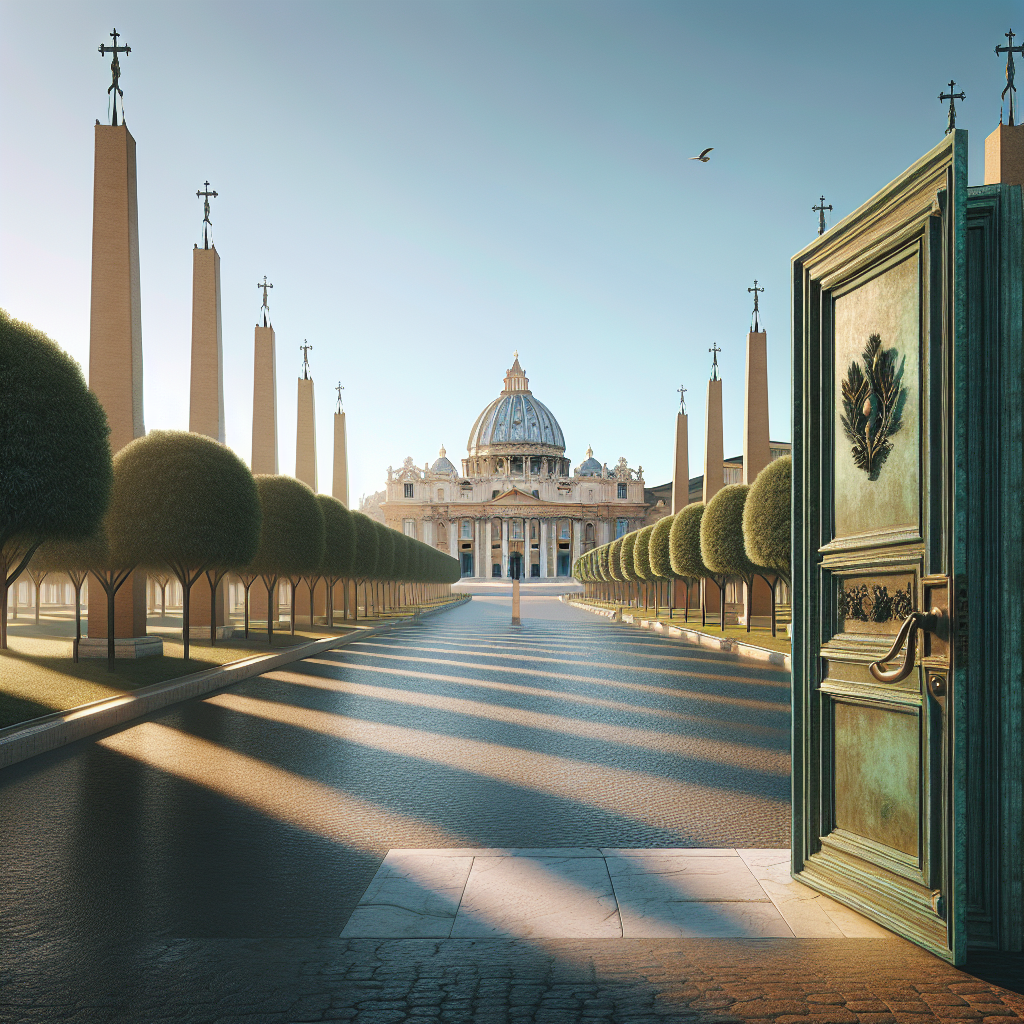Unveiling the Vatican City’s Secrets
The Vatican City, an independent city-state nestled within Rome, Italy, is a marvel to behold. As the spiritual headquarters of the Roman Catholic Church and home to the Pope, it commands international significance. However, behind its grandeur lie intriguing mysteries, historical controversies, and hidden truths.
World’s Smallest Independent State
The Vatican’s Size and Population
Peering at the land area and citizen count, the Vatican’s diminutive stature becomes evident. With an approximate size of 44 hectares, the Vatican City is deemed the tiniest sovereign state worldwide. This makes it a staggering 1.6 times smaller than Monaco, the runner-up in terms of size. While its population fluctuates, it rarely surpasses 800 residents – a figure wildly dwarfed by standard city populations.
Surprising Info on Vatican City’s Economy
Postage Stamps, Souvenirs, and Museum Admissions
Despite lacking natural resources like water and minerals, the Vatican City maintains a unique economy largely powered by the sale of postage stamps, earnings from museum admissions, souvenirs, and contributions from Roman Catholics worldwide.
No Taxation in Vatican City
Interestingly, Vatican City does not impose taxes on its citizens. Thus, it relies heavily on tourist-related income to meet its budgetary needs.
Artistry and Architecture – More than Meets the Eye
The Vatican Museums
Home to impressive Vatican Museums, the Vatican City houses an immense collection of artworks gathered over centuries. Surprisingly, if someone attempted to spend just one minute appreciating each piece, the tour could last over four years!
St. Peter’s Basilica
Often considered the Vatican’s epicenter, St. Peter’s Basilica is designed with astonishing precision. Unbeknownst to many, two main corridors are built to precisely align with the sun during equinoxes, illuminating the Basilica’s high altar stunningly.
Behind the Walls: Inside the Vatican
The Vatican’s Swiss Guard
Guarding the Vatican City are a group of Swiss men, known as the Swiss Guard. Applicants must meet stringent criteria, such as coming from a specific canton in Switzerland and boasting a clean moral, professional, and physical record. The guards’ vibrantly colored uniforms, explicitly designed by command of Pope Julius II, create a splendid display.
An Underground Necropolis
Beneath the Vatican City rests an ancient Roman necropolis, a vast city of the dead, dating back to the 2nd century AD. Only a fortunate few can explore this underground labyrinth due to strict access conditions.
The Secret Archives
The Vatican’s Secret Archives, unveiled to the public in 2010, contain abundant historic texts and documents. Contrary to the myth, the archive isn’t truly secret – scholars have accessed it since 1881. However, the extensive cataloging and detailed access processes create a guarded aura.
Unique Facts About the Vatican City
Lack of Citizenship Standards
Unlike most nations where you can obtain citizenship by marriage, descent, or birth, Vatican City assigns citizenship strictly by appointment. This typically includes residing cardinals, Vatican diplomats, and workers at the Apostolic Palace. Notably, citizenship terminates if you cease your Vatican-specific role.
No Marriage or Births in the Vatican City
Another intriguing peculiarity of Vatican City is the near-zero marriage and birth rates. Since only clergy, guards, and a few workers reside within its limits, weddings and births are rare occurrences.
The Unique Helipad
While not generally known, the Vatican City boasts its own helipad. Established in 1976, this platform is rarely used and reserved for emergency situations or notable papal events.
Navigating through Vatican City’s grandeur indeed unveils fascinating realities. Behind its majestic landmarks and deep religious influence, there’s a treasure trove of little-known facts and hidden truths, waiting to be unraveled by curious minds.
